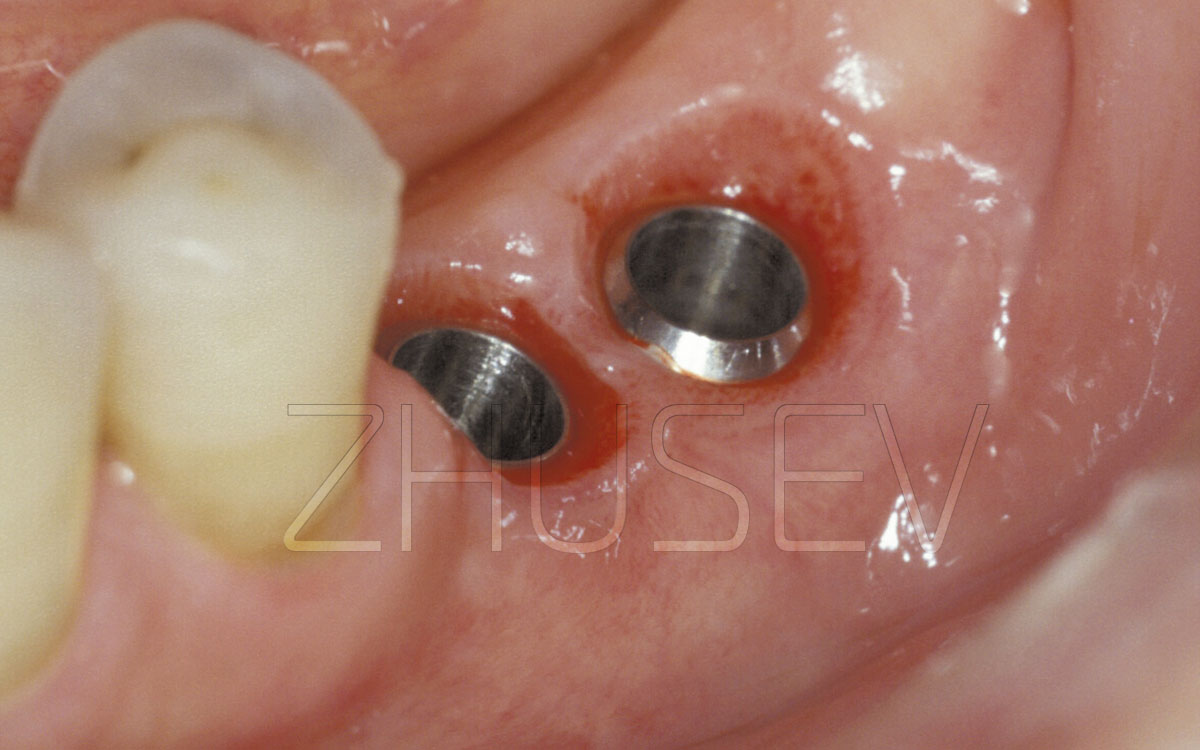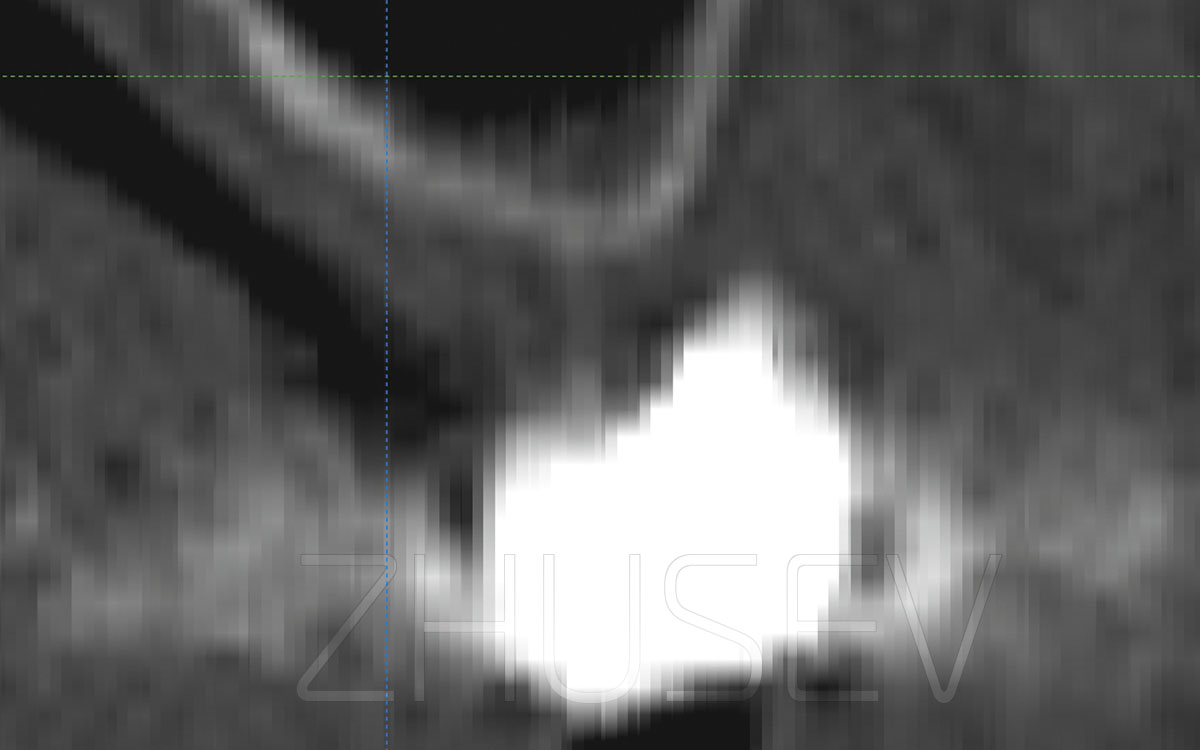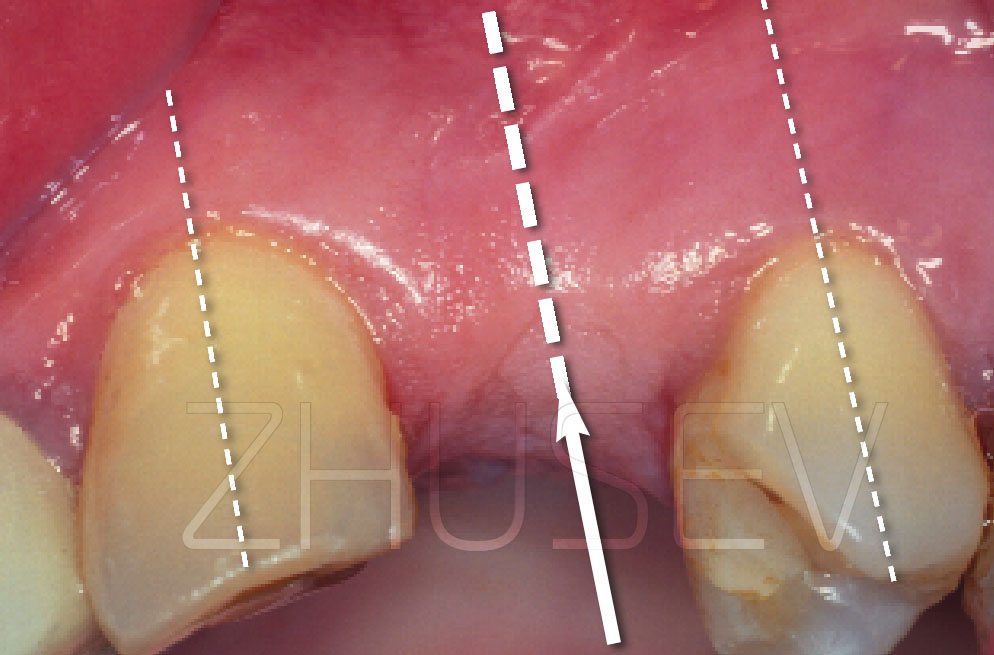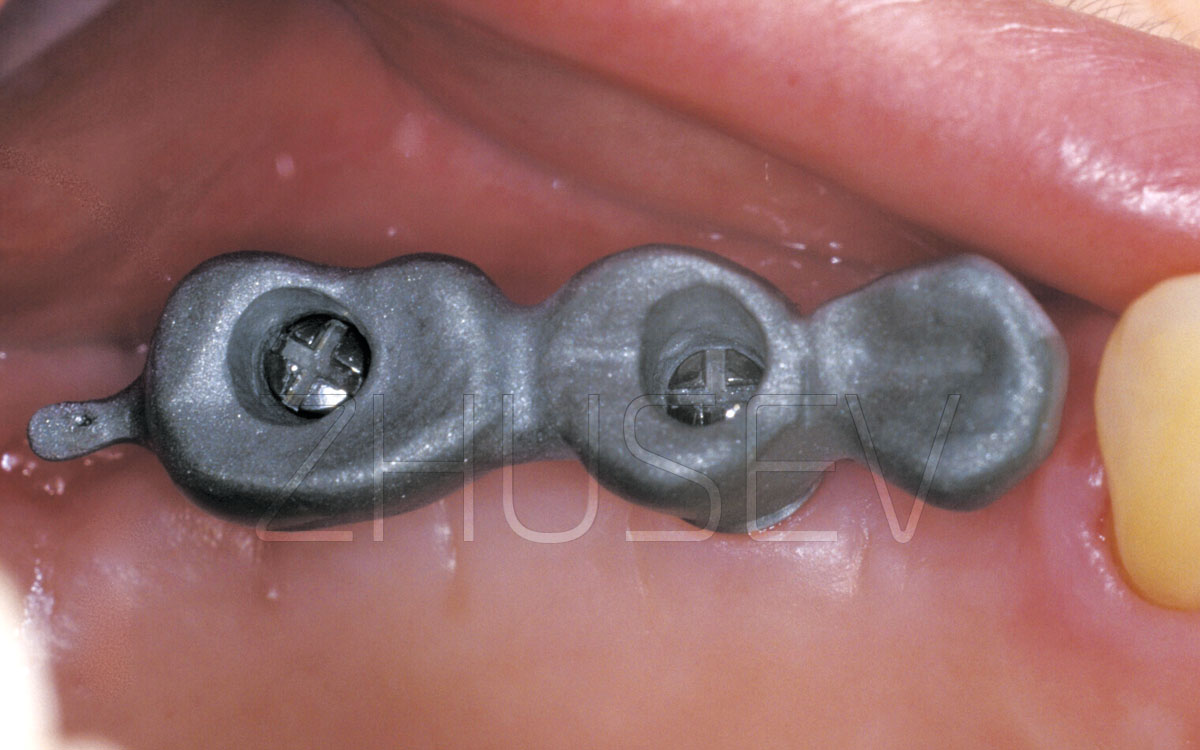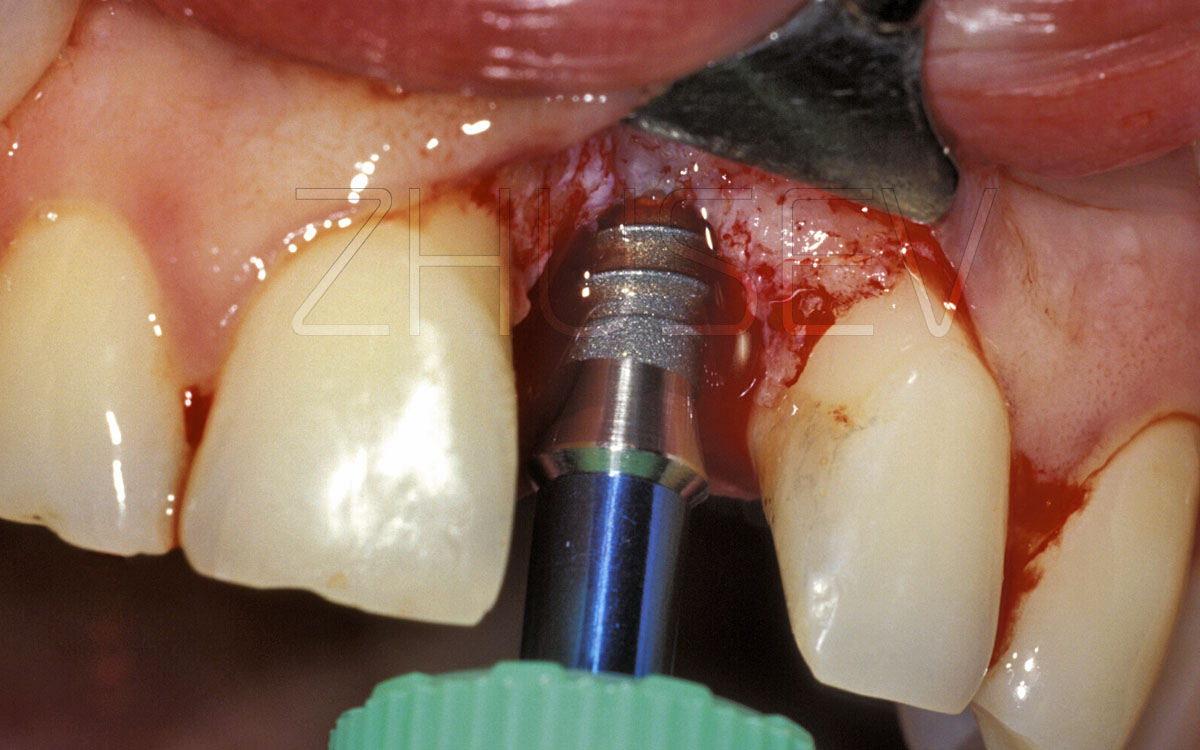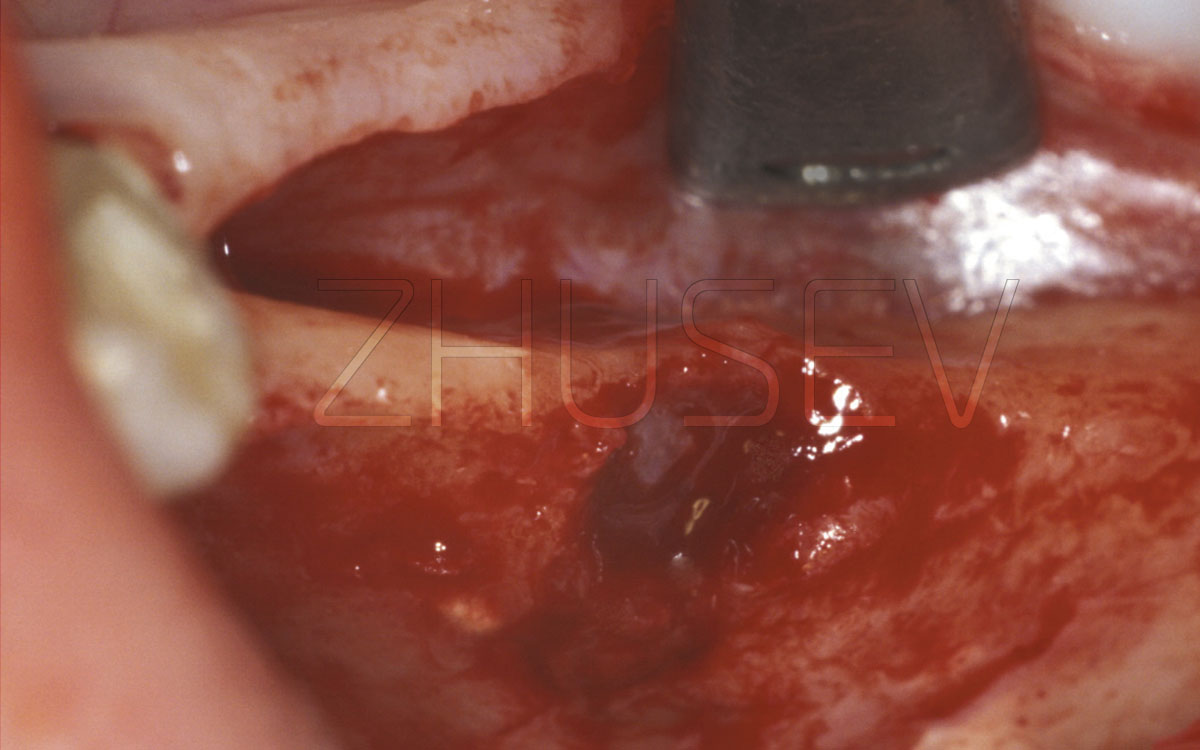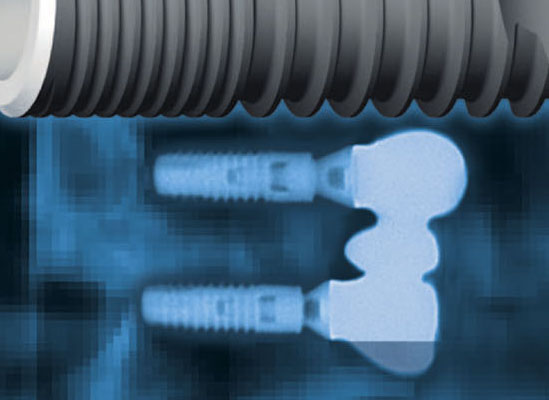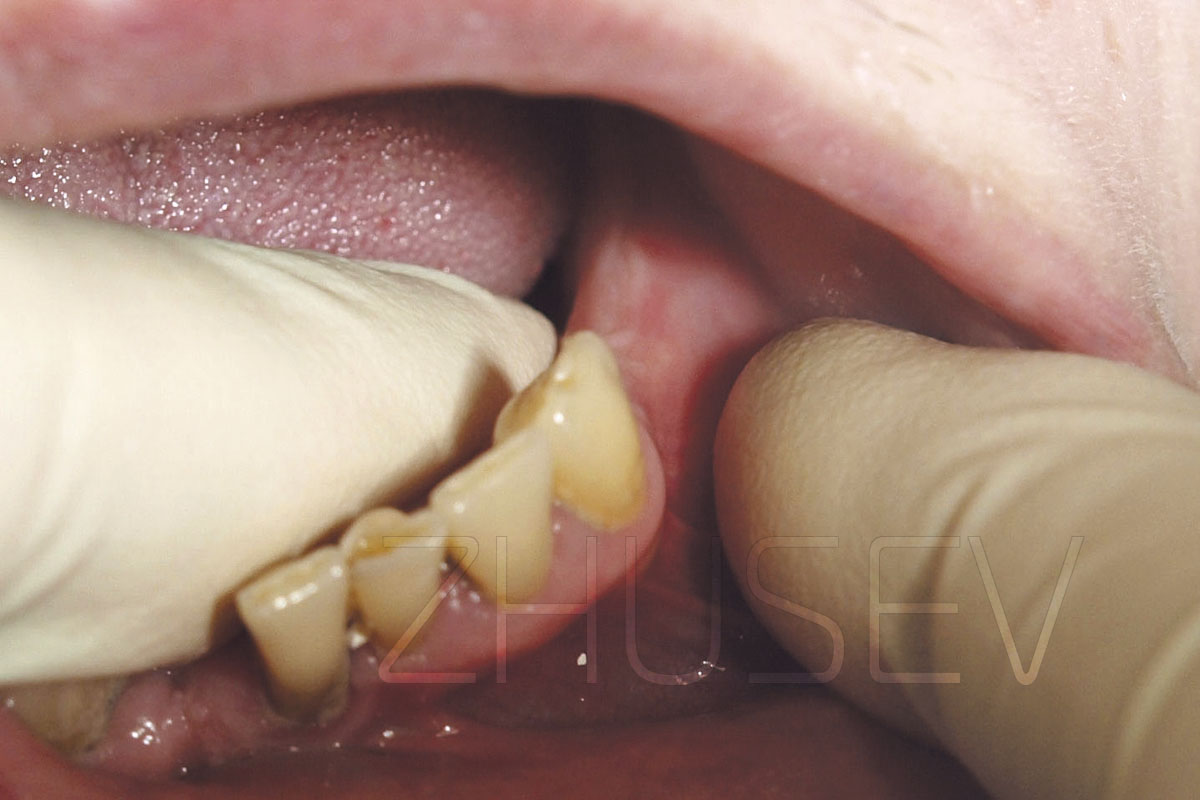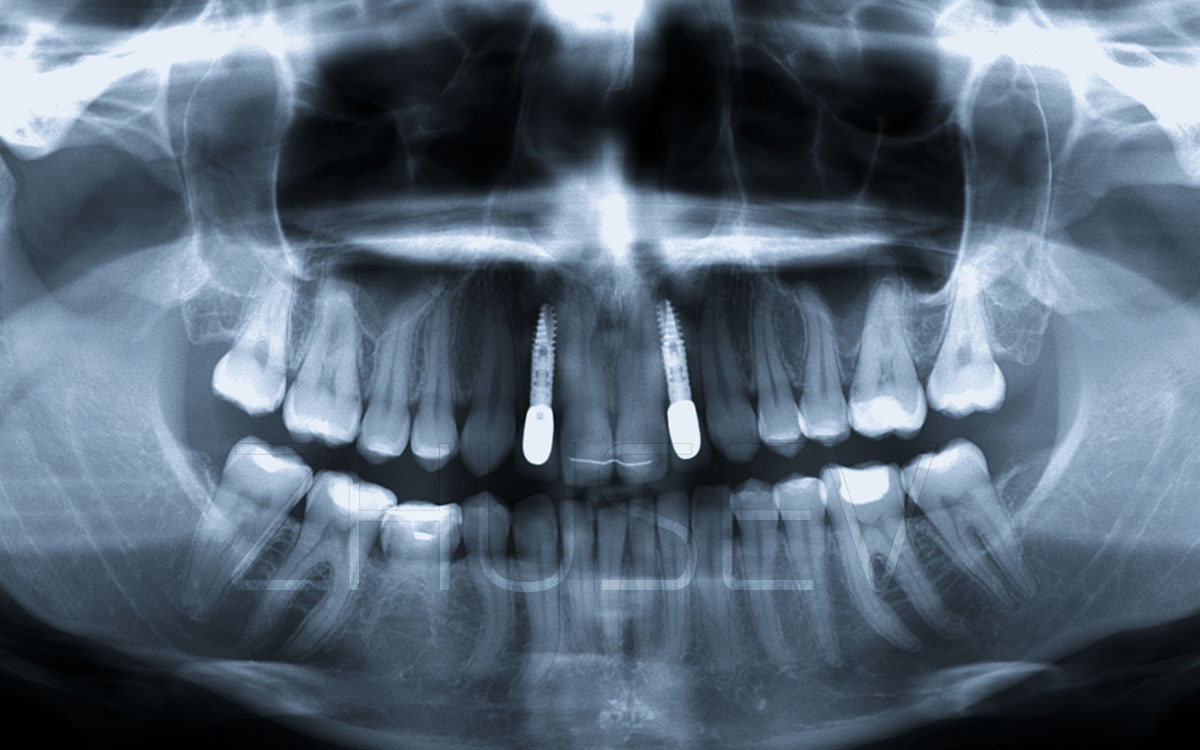3.5
Other types of implant-supported prosthetic constructions
Other types of implant-supported prosthetic constructions Other types of implant-supported prosthetic constructions Other types of implant-supported prosthetic constructions Other types of implant-supported prosthetic constructions Other types of implant-supported prosthetic constructions Other types of implant-supported prosthetic constructions Other types of implant-supported prosthetic constructions
Beside the dentures, described above, there is a variety of implant-supported prosthetic constructions. These include all kinds of clasps, bar, telescopic, and complex retaining prosthetic constructions, etc.
Review of any special aspects of making all these constructions in this small guidebook does not seem possible. It is more important to get the basic idea of their configuration and to realize that the more links in a chain, the more likely one of them is to fail and snap!
The simplest and economically most accessible option is a complete removable denture, supported by two implants and retained with factory-made spherical clasps 3.5 – 1…3. These clasps are special abutments produced by all dental implant manufacturers. When the number of the installed implants is more than two, but less than it is needed for a fixed overdenture, different options of bar elements can be heard. Now we’ll examine just a few examples. Regardless of their seeming complexity, these constructions are simple enough.
3.5-1 While installing two implants for the use of spherical clasps and a removable denture, try to provide their parallel location!
3.5-2 The most economical construction. Two implants with spherical clasps that retain a complete removable denture.
3.5-3 It is desirable that the abutments’ spherical elements should be located on the same level, extending above the mucosal surface. To provide this, apply abutments with different height of the subgingival fragment.
3.5-4A A two-implant-supported bar prosthetic construction. The bar’s straight segments should be located above the straight fragments of the crestal bone.
3.5-4B Please pay attention to the fact that if the bar is placed closely to the mucosal surface, to maintain adequate hygiene is very difficult.
3.5-5 A bar prosthetic construction, supported by 4 implants, with console locking elements in the distal segments.
3.5-6 A bar prosthetic construction should be placed as close as possible to the mucosal surface, but not be “pressed” into it, as in this case.
3.5-7A A type of a bar construction with multibar fixation. Obviously, the bar on the tooth 48 is extra and needless.
3.5-7B A view of the denture from the side of a matrix. The construction is well retained with only 3 implants. Although, initially 5 implants were intended to be used. When you use constructions of this type, try to avoid applying different clasps or a large number of them.
3.5-8A An absolutely invalid choice of the denture design with the combination of cement-retained fixation on the implants and locking elements (clasps) on the teeth adjacent to the area of defects.
3.5-8B We can see that the locking clasps are obviously needless and perform no function!
3.5-9A A view of the bar prosthesis construction inside the mouth 3 years after the restoration.
3.5-9B An X-ray of 4 implants-supported bar dental construction 3 years after the restoration.
3.5-10A 4-implant-supported bar dental construction with 3 locking elements. If the number of locks is increased, the fixation doesn’t become better. But the complexity and price of the prosthesis increase, too.
3.5-10B
A complete removable denture with a matrix in the front segment. Remember that constructions of this type should be supported on mucosal tissues! The elements of clasp and bar retention are only designed to avoid spontaneous removal of the prosthesis!
3.5-11A
This construction was retained with the use of 6 screws in March, 2002. Pay attention to 2 normal (in size) molar teeth, located more distally than the last implants at the left and at the right sides.
3.5-11B
A view of the prosthetic construction 5 years after its fixation. There are no complaints from the patient.
3.5-11C
The same construction in April, 2011 (9 years under the load). During this time the construction has never been removed, and no one of the fixing screws has been unscrewed!
3.5-11D
The comparative X-ray taken 9 years after the prosthetic construction installation. One dental prosthesis consists of 6 implants and 12 artificial teeth.

